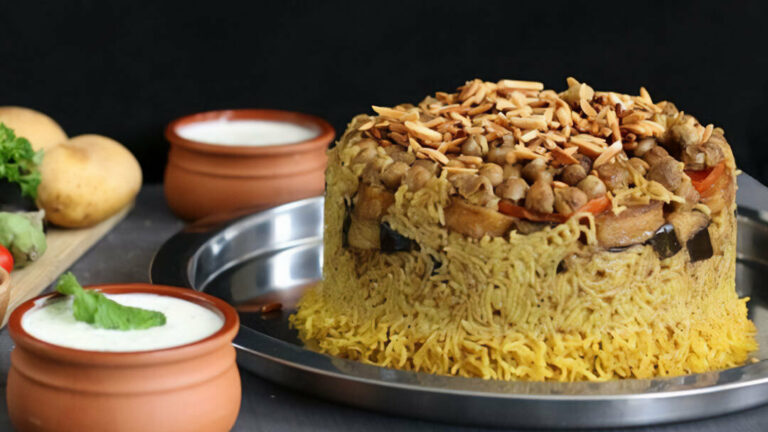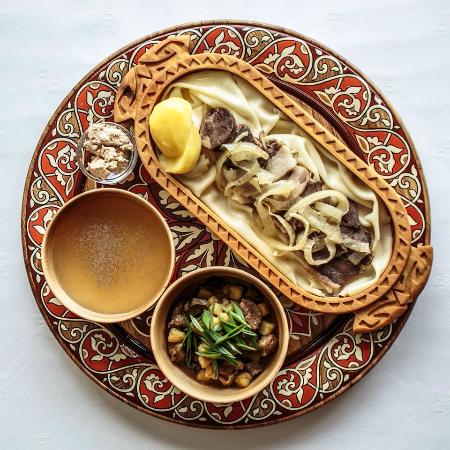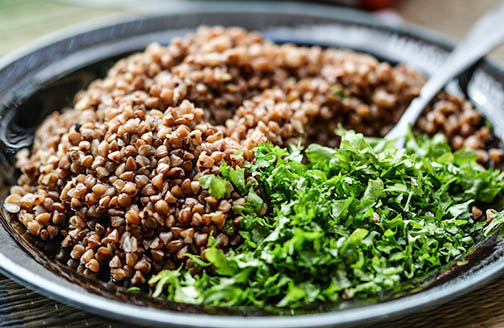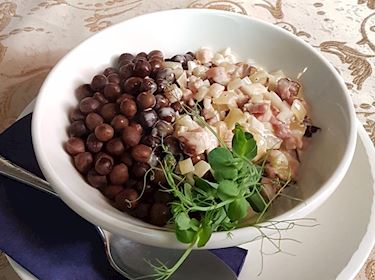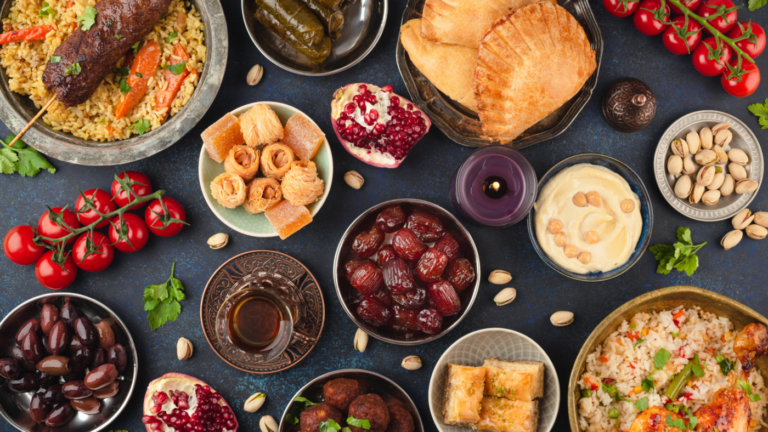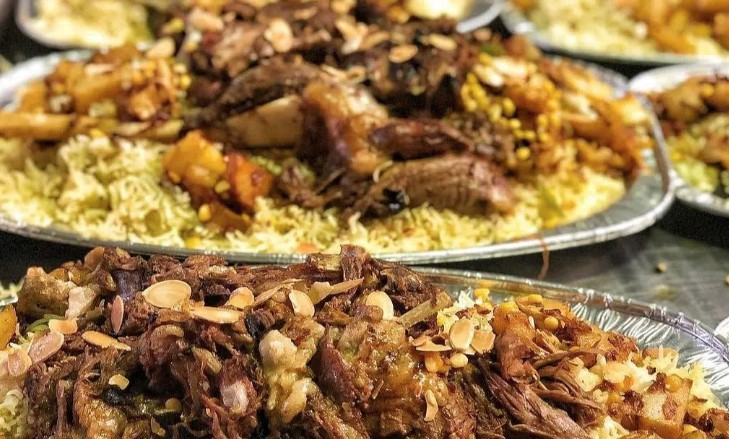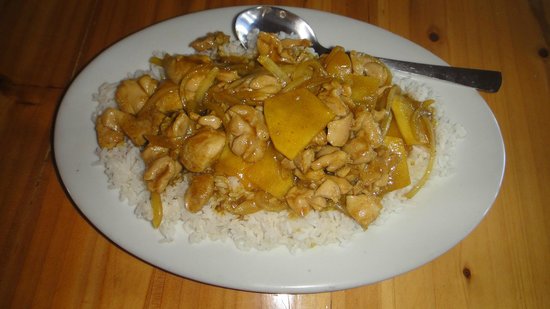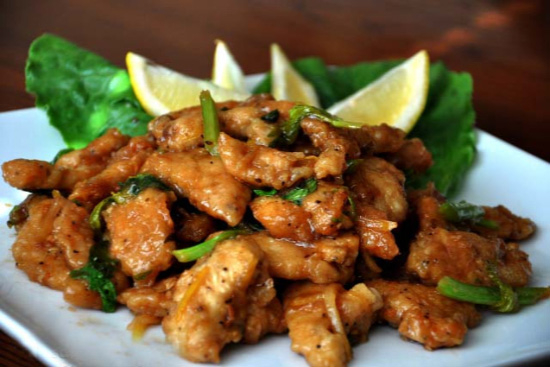Introduction: Exploring Jordanian Cuisine
Jordanian cuisine is a delicious and diverse culinary tradition that has evolved over centuries. The cuisine reflects the country’s rich history, geography, and cultural influences, making it a fascinating subject of study for food enthusiasts. Jordanian cuisine has a unique blend of flavors and ingredients, and it is characterized by its use of spices and herbs, as well as the use of olive oil and grains such as rice and bulgur.
Jordanian cuisine has been shaped by the country’s diverse regions, each with its own distinct culinary traditions. From the mountains of the north to the plains of the south and the shores of the Red Sea, the cuisine in different parts of Jordan varies significantly. In this article, we will explore the regional variations in Jordanian cuisine, highlighting the unique flavors and ingredients that make each region’s cuisine so special.
Regional Variations in Jordanian Cuisine
Jordanian cuisine is a reflection of the country’s diverse geography and cultural heritage, and it has a variety of regional variations. From the northern mountains to the southern plains and the coastal regions, each area has its own unique culinary traditions. While there are some common dishes that are found throughout the country, such as mansaf (a traditional Bedouin dish of lamb cooked in yogurt), there are also many regional specialties.
The Unique Flavors of Northern Jordan
The northern region of Jordan is characterized by its rugged mountains and fertile valleys, and its cuisine reflects this ruggedness. The cuisine in the north is based on simple, hearty dishes that are made with fresh vegetables, grains, and meats. One of the most famous dishes from this region is musakhan, a roasted chicken dish that is flavored with sumac, onions, and saffron. Another popular dish is kibbeh, which is a fried bulgur and meat ball that is stuffed with minced meat, onions, and spices.
The Rich Culinary Traditions of Southern Jordan
The cuisine in southern Jordan is characterized by its rich and flavorful dishes, which are often slow-cooked over a low flame. This region is famous for its maqluba, a dish of rice, vegetables, and meat that is cooked and served upside down. Another popular dish is mansaf, which is made with lamb meat cooked in yogurt and served with rice, pine nuts, and spices. The cuisine in southern Jordan is also known for its use of spices and herbs, such as cumin, cardamom, and thyme.
The Coastal Influence on Jordanian Cuisine
The cuisine in the coastal regions of Jordan has been influenced by the country’s proximity to the Red Sea. Seafood is a popular ingredient in these regions, and dishes such as sayadiyah (a rice and fish dish) and samak maqli (fried fish) are common. The cuisine in these regions also makes use of locally grown fruits and vegetables, such as tomatoes, cucumbers, and eggplants.
Conclusion: Savoring the Diverse Tastes of Jordan
Jordanian cuisine is a rich and diverse culinary tradition that reflects the country’s geography, history, and cultural heritage. Each region in Jordan has its own unique flavors and ingredients, making it a fascinating subject of study for food enthusiasts. Whether you’re savoring the hearty dishes of the north, the rich flavors of the south, or the seafood specialties of the coast, Jordanian cuisine is a feast for the senses. So next time you visit Jordan, be sure to explore the regional variations in its cuisine and savor the diverse tastes of this fascinating country.

